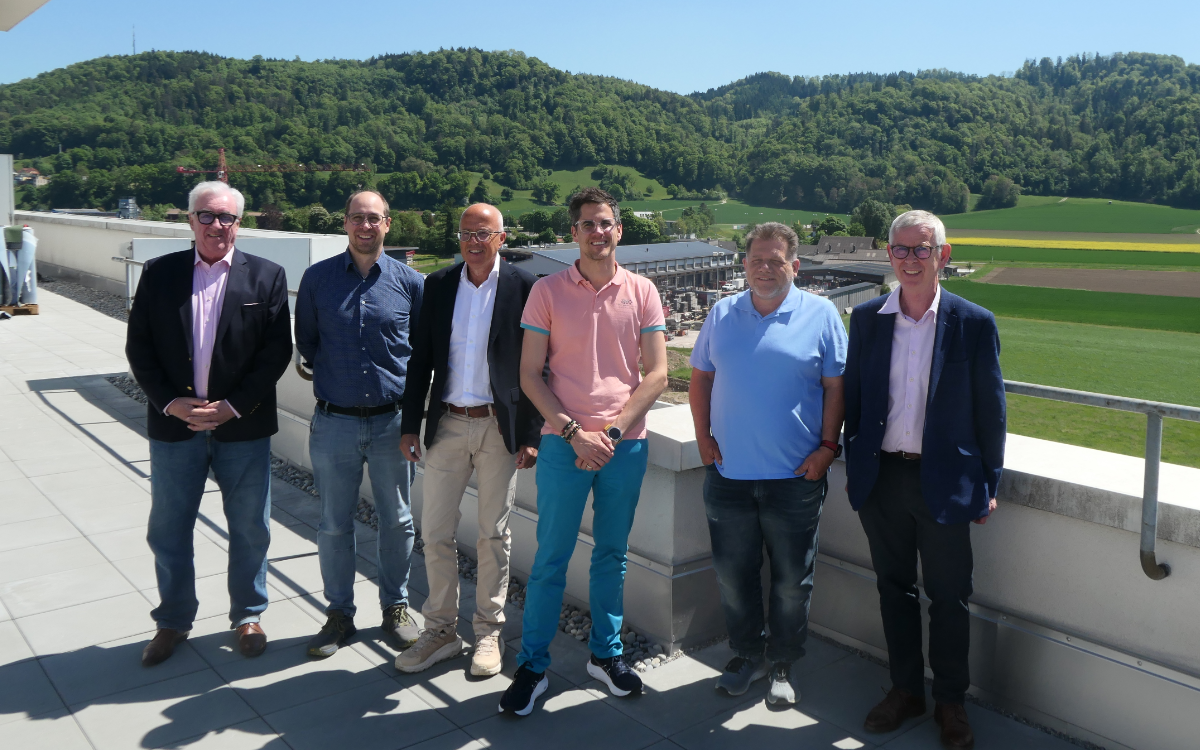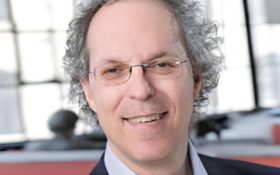Good on lithium safety, fat on lithium commercials and great for networking. The Wolksy show, as it's often referred to, or Florida Battery Show continues to draw the crowds. The Editor was there.
When it comes to value for money, there really isn't much better in terms of meetings than Shep Wolsky's Florida battery seminar which, as ever, was held this year at the Broward County Convention Centre at Fort Lauderdale.
It's a very no-frills venue and once you've got over the relatively minor indignity of showing your ID to the (usually . . .
to continue reading this article...
Sign up to any Premium subscription to continue reading
To read this article, and get access to all the Premium content on bestmag.co.uk, sign up for a Premium subscription.
view subscription optionsAlready Subscribed? Log In












